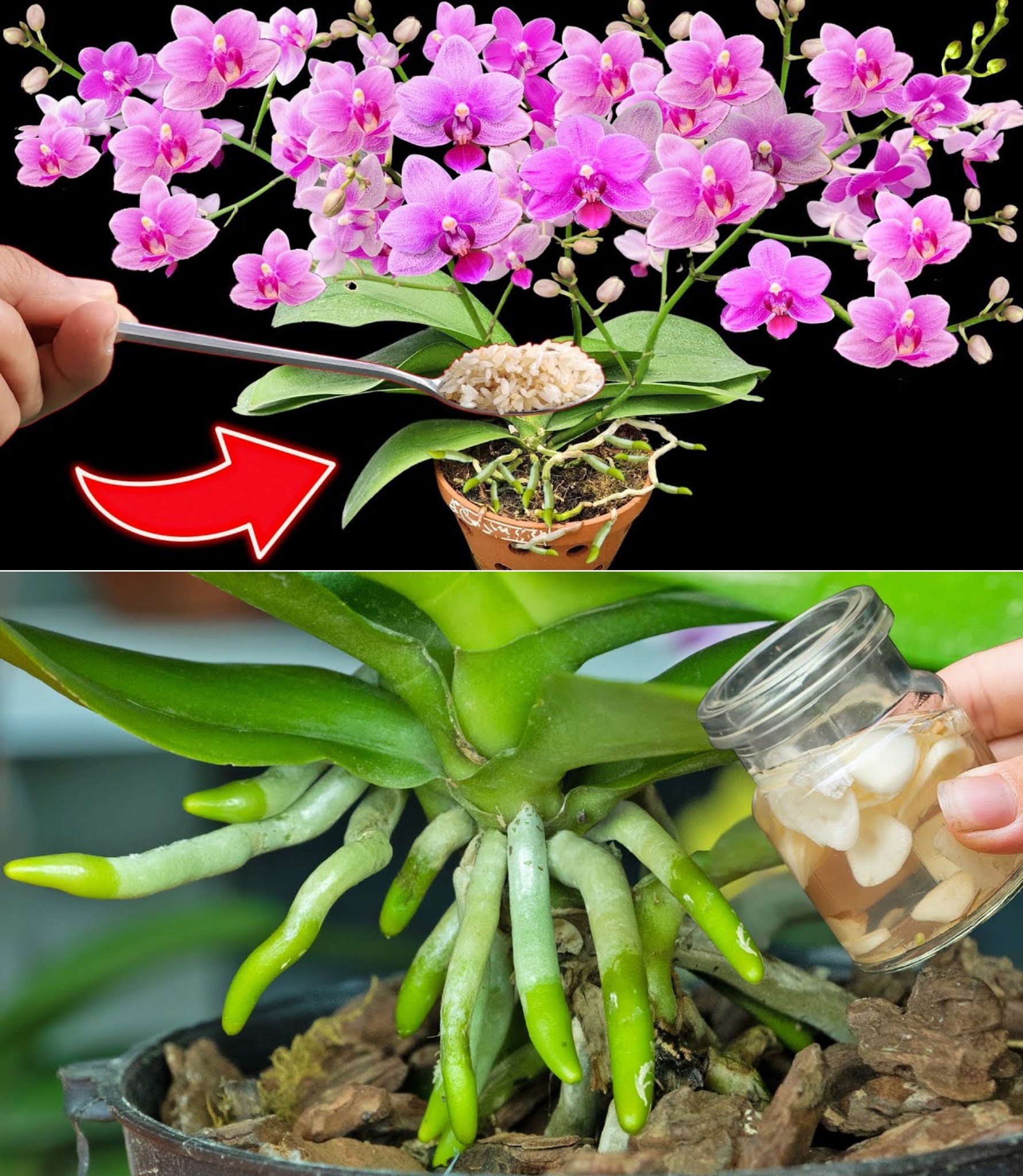
Oncidium orchids, often referred to as “dancing orchids” due to their unique floral structure, are a captivating sight with their multitude of small blooms. These flowers come in a stunning array of colors including yellow, white, red, pink, green, and brown. A distinctive feature of these blooms is the lower petal’s perpendicular arrangement to the side petals, contributing to their charming appearance.
Exploring Orchid Varieties Oncidium orchids are just one of the many orchid species that thrive in tropical and subtropical regions. Their natural habitats are diverse, ranging from the Andes mountains to the moist forests of Jamaica, and the lush river valleys in Brazil, Ecuador, and Peru.
Maintaining Ideal Humidity For these orchids, maintaining a relative humidity above 50% is crucial. If humidity levels fall below this, using a pebble tray or humidifier can be beneficial. Grouping plants together is another effective strategy to sustain adequate humidity. Additionally, lightly misting the leaves daily can also help.
Cultivating Oncidium Orchids Oncidium orchids flourish in bright light but must be shielded from direct sunlight. In the absence of natural light, fluorescent lighting is a suitable alternative. Combining a warm white tube with a cool white tube beneath a spotlight works well. Position the orchids about 20 centimeters under these lights for 14 to 16 hours daily, ensuring they have a period of darkness each night for rest.
During the growth season, keep the potting soil slightly moist, avoiding overwatering. Oncidiums are equipped with pseudobulbs for water storage, making them better suited for drier soil conditions. During less active growth periods, allow the soil to dry thoroughly between waterings.
Transplanting Tips Should you decide to transplant your orchid, the optimal time is right after it finishes flowering. Transplanting at this time promotes the development of new blooms and provides the plant with nutrient-rich soil to thrive in.